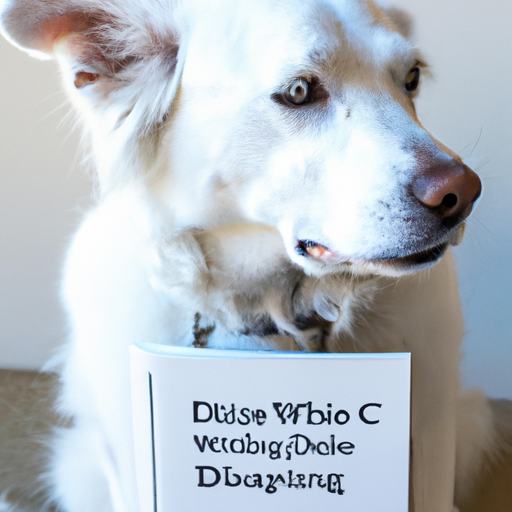Imagine you’re a caregiver, responsible for the health and well-being of a white-furred, lovable canine companion. As you spend time with this adorable creature, you may notice a lack of response to your calls or unusual behavior. If this resonates with your experience, you might be dealing with a deaf dog. But, why do we often hear about white dogs being deaf? Is there a scientific explanation? Absolutely! Let’s explore this intriguing phenomenon.
- Table of Contents
- The Science Behind Deafness in White Dogs
- The Dalmatian Case: An Example
- How to Care for a Deaf Dog
-
Frequently Asked Questions
-
Key Takeaways
- Deafness in white dogs is primarily due to gene mutations.
- Deafness is prevalent in Dalmatians and other predominantly white breeds.
- There are ways to effectively care for a deaf dog.
The Science Behind Deafness in White Dogs
The link between the white coat color and deafness in dogs is due to a specific gene mutation. This mutation is associated with a lack of melanin, the pigment responsible for coloration in the skin, hair, and eyes. Interestingly, melanin also plays a vital role in the development of the inner ear. When there’s a deficiency in melanin, the cells in the inner ear can degenerate, leading to deafness^1^.
According to a study by George M. Strain, a professor of neuroscience at the School of Veterinary Medicine at Louisiana State University, certain dog breeds are more prone to deafness due to this gene mutation^2^. Among these breeds, the Dalmatian holds a unique place.
The Dalmatian Case: An Example
Dalmatians are a prime example of the link between the white coat color and deafness. According to the Dalmatian Club of America, up to 30% of Dalmatians suffer from hearing loss in one or both ears^3^. This high prevalence of deafness is primarily due to the breed’s white coat color and the associated gene mutation.
In addition to Dalmatians, breeds such as the Bull Terrier, English Setter, and Australian Cattle Dog also have higher rates of deafness.
If you are curious about how to identify and manage deafness in dogs, One Top Dog offers a wealth of information.
How to Care for a Deaf Dog
Caring for a deaf dog can be a challenging yet rewarding experience.
1. Regular Checkups: Regular vet visits are crucial to monitor your dog’s overall health.
2. Training: Training a deaf dog requires patience and creativity. Using visual cues and sign language can be effective.
3. Safety Measures: Keep your dog on a leash while outdoors to prevent accidents.
4. Emotional Support: Deaf dogs need more reassurance and affection. Your love and patience can make a world of difference in their lives.
You can find more tips on caring for a deaf dog at One Top Dog.
Frequently Asked Questions
1. Are all white dogs deaf?
No, not all white dogs are deaf. However, certain breeds with a white coat are more prone to deafness due to a specific gene mutation.
2. Can a deaf dog live a normal life?
Yes, with the right care and training, a deaf dog can lead a happy and fulfilling life.
3. How can I tell if my dog is deaf?
Signs of deafness can include not responding to calls, sleeping more than usual, or being startled easily. A vet can conduct specific tests to confirm.
For more information on dog deafness, breeds prone to deafness, and how to care for a deaf dog, you can explore One Top Dog.
In conclusion, while deafness is more common in white dogs due to a gene mutation, it doesn’t mean that every white dog will be deaf. As a caregiver, understanding this can help in providing the best care for your white furry friend. Remember, a deaf dog can still lead a happy and fulfilling life with your love, patience, and support.



